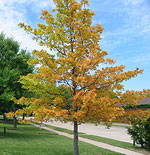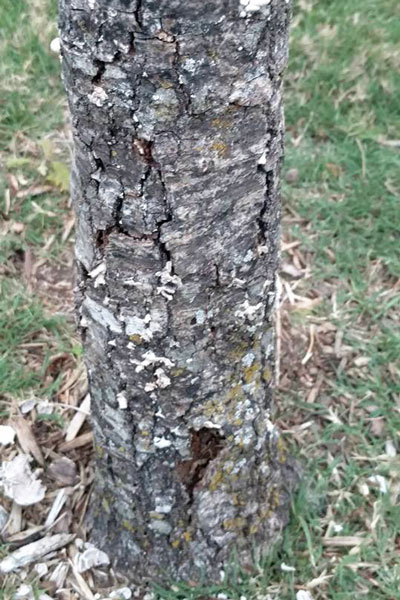
Question: My Shumard red oak is looking worse and worse. Its leaves are yellow and the tree seems to be losing ground. I’ve only had it a few years, but I don’t want to lose it. What could be wrong?
Answer: For starters, make sure you have a true Shumard red oak. It’s the species that is native through much of the central part of the state, but it’s not always the one that is brought in from out-of-state. That’s especially true with container-grown oaks. They are in lightweight potting soils, so they can be affordably shipped completely across the country. Pin oaks, as example, have leaves that look somewhat like those of a Shumard red oak, but their branch angle will be quite different. Shumard red oak limbs will ascend, while the lower limbs of pin oaks will hang downward like the branches of a Christmas tree. In some cases, it even appears that oaks being planted are natural hybrids of different species. Your best bet is to buy from a full-time professional nursery stock dealer who knows how to identify the species you want.
Also, many gardeners forget to wrap the trunks of their new oaks at the time they are planted. Often these trees have been grown in protected nursery conditions where they were shaded by adjacent trees. When they’re put out into landscapes they suddenly are exposed to intense sunlight for their first several years. Sunscald and borers damage the trunks, resulting in a gradual decline and even death of the affected trees. This is a difficult problem to identify unless you are beside the affected tree. If it’s a valuable tree, consider having an arborist take a look at it. This particular question is one of the most difficult for me to determine on the air with my callers. Because I seldom feel that I have been accurate in my telephone diagnoses in spite of much air time spent trying, I usually just ask my phone screeners to explain that someone needs to see the tree in person.
(Photo by J.H., Richardson)

